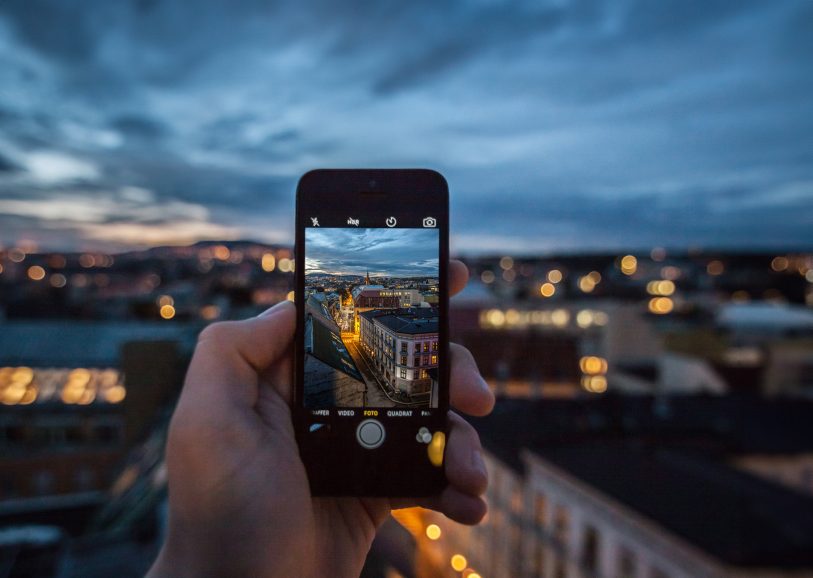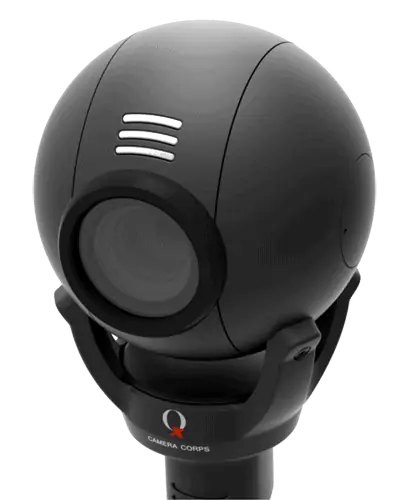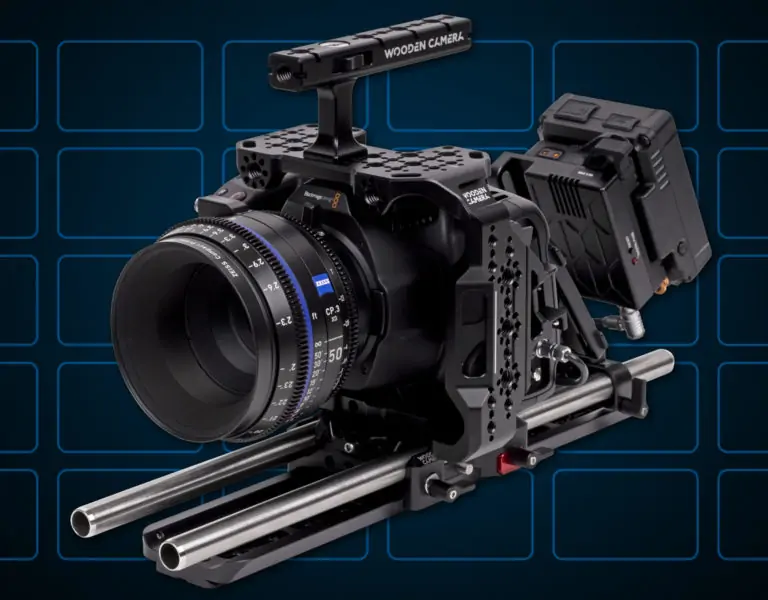Steven Poster ASC ponders the photographer-versus-cinematographer quandary and examines the rise and rise of the smartphone camera.
I was going to start my column this month by talking about how cameras in phones have gotten to the point of recording professional quality images. Interestingly enough, a cousin of mine, Marty Cooper is known as the father of cellular technology and is the first named person on the Motorola patents for that system. He recently wrote a book about the development of the first phone and how Motorola won the race to that first call on the streets of New York that he made to the president of AT&T on his completely portable phone.
Where he fits into this discussion is a statement he made that he never even dreamed that cameras would be integrated into the technology that he was responsible for as chief engineer on the project. It was reported that the development of imaging on wireless phones surprised almost everybody involved with the original development.
But first I would like to mention a discussion I had the other day with a photo buddy of mine, Geoff Winningham. He’s a photography professor at Rice University in Texas. His question to me was how I consider myself a photographer rather than a cinematographer. I know this will raise some eyebrows but I don’t see the difference. Geoff asked me how I consider myself a photographer when I have spent most of my career doing cinematography. I asked him why he ever thought there was a difference?
The same component actions are necessary in each discipline: We witness a subject, we put a frame around that subject. We observe the lighting of that subject or create the lighting ourself, and we push the shutter button. I know this is a gross simplification of our process. In cinematography I don’t usually “press the button” myself. There are assistants and camera operators. I usually don’t set the lights myself either. There are grips and gaffers to do that work under my direction. But I was making the point that there is no difference.
I got interested in photography as a pre-teen and without knowing exactly what this meant I knew photography was going to be with me forever. When I was 14 I met the man who would become my first mentor. He was a news cameraman and owned the 16mm news lab in Chicago where I grew up. The day I met him was the day I knew what I wanted to do for the rest of my life. I wanted to make moving pictures.
How fortunate I was to have a goal that I loved. But Morry, my mentor, insisted that I study still photography in college. My parents didn’t understand. But Morry helped smooth the way for me to get into the photo department at Southern Illinois University. After two years I was done there and needed a bigger challenge. So off to Art Centre College of Design in Hollywood. There I learned two important lessons: to be a professional and how to see light. Both of these disciplines are things I think about every day since those early days of my education. How could I not think of myself a photographer?
So, now let’s consider the iPhone; it is two. It’s a phone and a camera. It’s an everyday camera with great accessibility. As much as we need a portable ubiquitous phone we seem to need an everyday/all-day camera. It can take many modes of still photography and it can record motion imaging at higher resolution than the original professional digital motion picture cameras we had to use. It can capture different frame rates and it can auto focus faster than a speeding bullet. The camera uses computational photography and AI. There are many more specs that even the most advanced amateur photographer may never use or even understand. Unless you are an inveterate manual reader with a technical imaging background some of the capabilities will never see the light traveling through the tiny lens on your phone.

IPHONE CAMERA IN FOCUS
CAMERA
- Advanced dual-camera system
- 48MP Main: 26 mm, ƒ/1.6 aperture, sensor‑shift optical image stabilisation, 100% Focus Pixels, support for super-high-resolution photos (24MP and 48MP)
- 12MP Ultra Wide: 13 mm, ƒ/2.4 aperture and 120° field of view
- 12MP 2x telephoto (enabled by quad-pixel sensor): 52 mm, ƒ/1.6 aperture, sensor-shift optical image stabilisation, 100% Focus Pixels
- 2x optical zoom in, 2x optical zoom out; 4x optical zoom range
- Digital zoom up to 10x
- Sapphire crystal lens cover
- True Tone flash
- Photonic Engine
- Deep Fusion
- Smart HDR 5
- Next-generation portraits with Focus and Depth Control
- Portrait Lighting with six effects
- Night mode
- Panorama (up to 63MP)
- Photographic Styles
- Wide colour capture for photos and Live Photos
- Lens correction (Ultra-Wide)
- Advanced red‑eye correction
- Auto image stabilisation
- Burst mode
- Photo geotagging
- Image formats captured: HEIF and JPEG
VIDEO RECORDING
- 4K video recording at 24 fps, 25 fps, 30 fps, or 60 fps
- 1080p HD video recording at 25 fps, 30 fps, or 60 fps
- 720p HD video recording at 30 fps
- Cinematic mode up to 4K HDR at 30 fps
- Action mode up to 2.8K at 60 fps
- HDR video recording with Dolby Vision up to 4K at 60 fps
- Slo‑mo video support for 1080p at 120 fps or 240 fps
- Time‑lapse video with stabilisation
- Night mode Time-lapse
- QuickTake video
- Sensor-shift optical image stabilisation for video (Main)
- Digital zoom up to 6x
- Audio zoom
- True Tone flash
- Cinematic video stabilisation (4K, 1080p, and 720p)
- Continuous autofocus video
- Take 8MP still photos while recording 4K video
- Playback zoom
- Video formats recorded: HEVC and H.264
- Stereo recording
TRUEDEPTH CAMERA
- 12MP camera
- ƒ/1.9 aperture
- Autofocus with Focus Pixels
- Retina Flash
- Photonic Engine
- Deep Fusion
- Smart HDR 5
- Next-generation portraits with Focus and Depth Control
- Portrait Lighting with six effects
- Animoji and Memoji
- Night mode
- Photographic Styles
- Wide colour capture for photos and Live Photos
- Lens correction
- Auto image stabilisation
- Burst mode
- 4K video recording at 24 fps, 25 fps, 30 fps, or 60 fps
- 1080p HD video recording at 25 fps, 30 fps, or 60 fps
- Cinematic mode up to 4K HDR at 30 fps
- HDR video recording with Dolby Vision up to 4K at 60 fps
- Slo-mo video support for 1080p at 120 fps
- Time‑lapse video with stabilisation
- Night mode time-lapse
- QuickTake video
- Cinematic video stabilisation (4K, 1080p, and 720p)


















